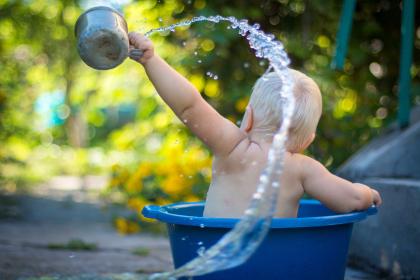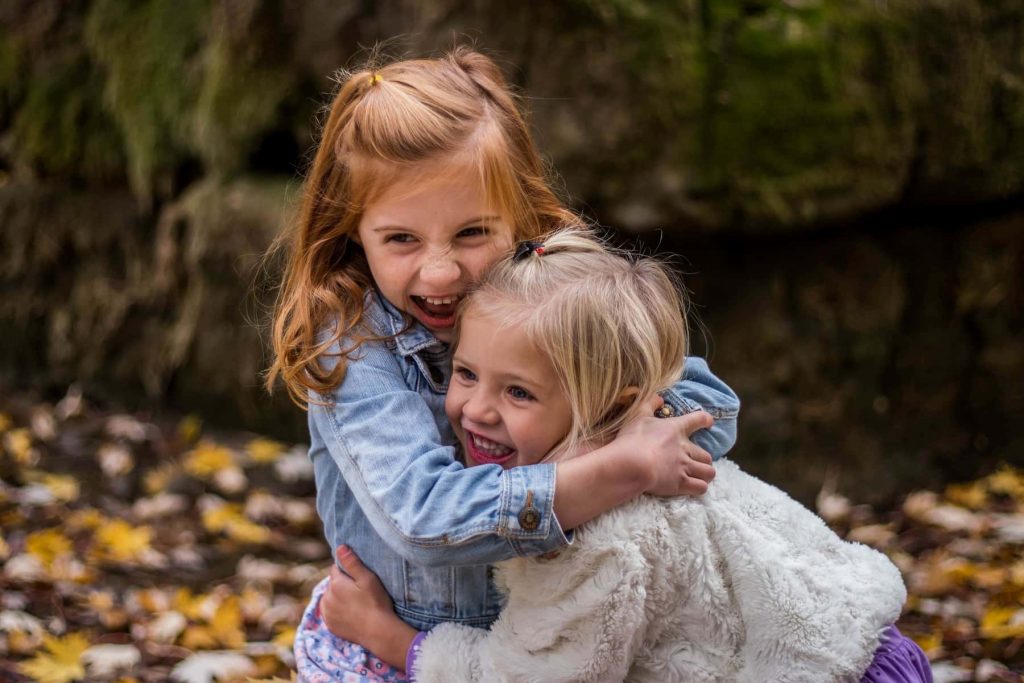Will my child stop stuttering? What the Experts say…

Will my child stop stuttering? What the Experts say… It can be very difficult for parents to watch their children struggle with speech. Close to 5% of young children begin to stutter. Almost 75% of them will outgrow stuttering on their own within 12-24 months. While we don’t know for sure which children will stop […]
An invitation to do less this season

An Invitation To Do Less This Season As far back as I remember, Christmas time always evoked mixed feelings. Being Jewish, my family celebrated Hanukkah, which sometimes coincided with Christmas and other times did not. My school hosted a number of Christmas related events and I envied the many families who celebrated what I believed to […]
Parents of late talkers are often surprised to learn they can help more by talking less.

Parents of late talkers are often surprised to learn they can help more by talking less. The term “late talkers” describes children who have a limited spoken vocabulary at around 2 years of age. Keep in mind that first words appear close to 12 months, and children begin combining words prior to 2 years (refer to my blog on Communication […]
Expand Language with Water Play!

Expand Language with Water Play! Summer is here! It’s hot! But, that’s okay for preschoolers because they LOVE playing with water. Sprinklers, water balloons, water blasters, water parks, kiddie pools and the beach. I remember when my kids were little we set up the sprinkler under our trampoline for cool bouncing on hot summer days. […]
The Unknown Risks of Pacifiers

The Unknown Risks of Pacifiers Using a pacifier can be an easy and effective way to help your baby fall asleep. However, pacifier usage does have its drawbacks. Among the most significant, is the increased risk of developing ear infections. Ear infections are twice as common in children who use pacifiers. Sucking on a pacifier […]
Top Christmas Toys to Help Your Child’s Language Development

Top Christmas Toys to Help Your Child’s Language Development We are quickly approaching the busiest shopping season of the year. And parents will spend countless hours searching for the best Christmas toys for their children. Your mission, should you choose to accept it, is to identify toys that are safe, fun and support your child’s development. […]
Steal These Questions to Get Your Child Talking About School

Steal These Questions to Get Your Child Talking About School Remember when your kids were little and wouldn’t stop talking? I admit, there were days when I succumbed to preparing dinner with headphones on… volume set just loud enough to drown out the non-stop voices, yet soft enough to hear if anyone were to […]
Understanding Social Language Skills

Understanding Social Language Skills Social language skills, also known as pragmatic language skills, refer to the unspoken verbal and nonverbal rules governing our interactions. These rules vary according to whom you are speaking with, where you are, and typically vary across different cultures. Someone with good social language skills will respond appropriately and flexibly to […]
Early Speech and Language Support Made Easy!

Early Speech and Language Support Made Easy! Becoming a parent brings with it plenty of responsibility. You brought a being into this world who is completely dependent on you and you put a lot of pressure on yourself to get it all done, leaving little if any extra time at the end of each day. […]
